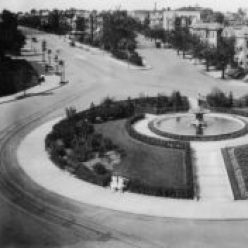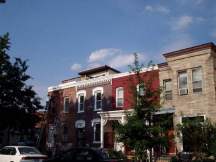Neighbors,
For the second consecutive week, the BACA’s Youth Services Committee is sponsoring a Fish Fry tomorrow at Ebenezer Baptist Church, 46 Q Street, N.W., from 11:00 a.m. until they sell out of food. The proceeds from this event will assist in the implementation of a schedule of a series of activities that they intend to produce for youths in our community this summer.
If at all possible, please support this activity. Flyers have been circulated around the community, but I am trying to boost their promotional efforts via this electronic appeal to you.
If you have any questions or would like to place an order, please use the telephone numbers below.
We thank you in advance for your support!
Best,
Jim Berry
Bates Area Civic Association, Inc.
Youth Services Committee of the Bates Area Civic Association, Inc.
-Is Having A –
Date: Friday, February 22 , 2008
11:00 a.m. until Sold Out
-At-
Ebenezer Baptist Church
46 Q Street, NW
Washington , DC 20001
Phone Orders to:
(202) 265-5344 OR (202) 679-3422
__ Fried Chicken Leg/Breast $6.00
__Grilled Spare Ribs $9.00
__ Trout $7.00
___Filet Whiting Fish $7.00
(COMES WITH 2 SIDES))(WHITE or WHEAT BREAD)
Potato Salad; Corn Pudding; Candid Yams;
String Bean; Cabbage
___Trout or Whiting Fish ___ $5.00
__Chicken $4.00
__Spare Ribs $7.00
Cakes & Pies
Soft Drinks
“TAKE OUT OR STAY FOR LUNCH”



 Typically, when these additions are reported they tend to be the ugliest of ugly. I don’t believe they have to be that way. Third floor additions can be quite nice. My favorite add-on is near the corner of R & 5th, and it is the only one where
Typically, when these additions are reported they tend to be the ugliest of ugly. I don’t believe they have to be that way. Third floor additions can be quite nice. My favorite add-on is near the corner of R & 5th, and it is the only one where 
